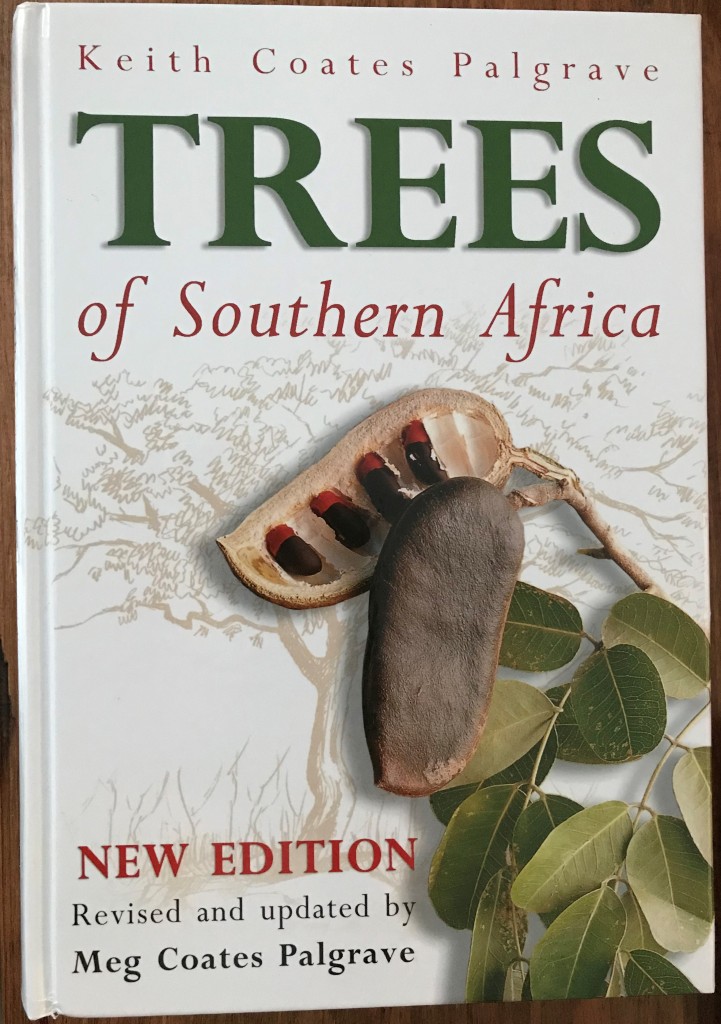Number seven on our list of the largest families of trees in Southern Africa is the Combretaceae, commonly referred to as the Bushwillows. Globally, the Combretaceae is a large family of about seventeen genera containing more than 500 trees, shrubs and woody climbing plants, most of which occur in the tropics or warm subtropical areas. In Africa the richest variety of species occur in the tropics, but this diversity tends to decline as one moves southwards. By the time one reaches Southern Africa there are six genera containing just over 50 tree species. The vast majority of these species belong to only two genera: Combretum (thirty-four species) and Terminalia (twelve species). The four other lesser known genera occurring in the region contain five species between them: Pteleopsis has two species (P. myrtifolia and P. anisoptera), while the other three genera have a single species each (Meiostemon tetrandrus, Quisqualis parviflora and Lumnitzera racemosa).
Members of the Combretaceae, particularly Terminalia and Combretum, can be dominant species of certain vegetation types in Southern Africa. One of the more unusual species is Lumnitzera racemosa which forms a component of the mangrove forests on the east coast of Southern Africa and is one of the few species of mangroves extending as far south as South Africa. Overall the occurrence and diversity patterns within Southern Africa tend to mirror those of the family throughout Africa: both abundance and species diversity declines as one moves southwards. Only a handful of species occur in the sheltered coastal forests and riverine habitats of South Africa’s Eastern Cape Province – notably the Cape (C. caffrum) and River Bushwillows (C. erythrophyllum).

The leaves of all Combretaceae are simple and entire (in a few species they may sometimes be slightly toothed). In Combretum the leaves are usually arranged opposite or semi-opposite, and as a result these species can be mistakenly identified as members of the Rubiaceae. However, Combretum species lack the stipules characteristic of that family. Terminalia leaves are usually found in densely packed groups at the tips of the twigs and are sometimes referred to as Cluster-leaf trees (like the Lebombo Cluster-leaf, T. phanerophlebia, above [1]).
Combretum species have four to five winged fruits (one species, C. bracteosum, has a wingless nut and may very well be described as a new genus in the near future as a result of this oddity). The aptly named Large-Fruit Bushwillow (C. zeyheri; see image below) is the South African species with the largest fruit, and is easily recognized by this. Terminalia fruits (like the fruits of T. sericea below) tend to be flattened and have only two wings [2].

Notes
[1] The beautiful color plate was created by renowned botanical artist and botanist Elise Buitendag, of the Lowveld National Botanic Gardens in Mbombela. Much of the inspiration for this post came from her notes on Combretaceae made over four decades ago in the March 1974 Veld and Flora!
Interestingly, the plate shows a lesser known member of the Combretaceae, Terminalia phanerophlebia. In addition to the leaf clusters the image also shows another feature of the Combretaceae: species tend to have small flowers borne in bunches, of which the stamens are often the most noticeable part. Apart from a few Combretum species with red or light red or orange flowers, all South African species have white to yellow or greenish flowers. Occasionally, the flowers may spread a pleasant aroma, such as the flowers of Terminalia sericea.
[2] For this article I leaned on three excellent sources: Braam and Piet van Wyk’s Field Guide to Trees of Southern Africa (that I have mentioned in a previous post); Keith and Meg Coates Palgrave’s Trees of Southern Africa; and an article on the Combretaceae written by Elise Buitendag (see above).
If you are keen to learn more about Southern African trees (much more than I can provide) I highly recommend purchasing a copy of the two guides. Here is the cover of the Trees of Southern Africa:

1 thought on “Bushveld Bushwillows”